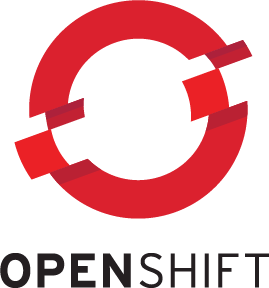 I’m looking for a PaaS provider that isn’t going to cost me very much (or anything at all) and supports Flask and PostGIS. Based on J5’s recommendation in my blog the other day, I created an OpenShift account.
I’m looking for a PaaS provider that isn’t going to cost me very much (or anything at all) and supports Flask and PostGIS. Based on J5’s recommendation in my blog the other day, I created an OpenShift account.
A free account OpenShift gives you three small gears ((small gears have 1GB of disk and 512MB of RAM allocated)) which are individual containers you can run an app on. You can either run an app on a single gear or have it scale to multiple gears with load balancing. You then install components you need, which OpenShift refers to by the pleasingly retro name of cartridges. So for instance, Python 2.7 is one cartridge and PostgreSQL is another. You can either install all cartridges on one gear or on separate gears based on your resource needs ((I think if you have a load balancing (scalable) application, your database needs to be on its own gear so all the other gears can access it.)).
You choose your base platform cartridge (i.e. Python-2.6) and you optionally give it a git URL to do an initial checkout from (which means you can deploy an app that is already arranged for OpenShift very fast). The base cartridge sets up all the hooks for setting up after a git push (you get a git remote that you can push to to redeploy your app). The two things you need are a root setup.py containing your pip requirements, and a wsgi/application file which is a Python blob containing an WSGI object named application. For Python it uses virtualenv and all that awesome stuff. I assume for node.js you’d provide a package.json and it would use npm, similarly RubyGems for Ruby etc.
There’s a nifty command line tool written in Ruby (what happened to Python-only Redhat?) that lets you do all the sort of cloud managementy stuff, including reloading cartridges and gears, tailing app logs and SSHing into the gear. I think an equivalent of dbshell would be really useful based on your DB cartridge, but it’s not a big deal.
There are these deploy hooks you can add to your git repo to do things like create your databases. I haven’t used them yet, but again it would make deploying your app very fast.
There are also quickstart scripts for deploying things like WordPress, Rails and a Jenkins server onto a new gear. Speaking of Jenkins there’s also a Jenkins client cartridge which I think warrants experimentation.
So what’s a bit crap? Why isn’t my app running on OpenShift yet? Basically because the available cartridges are a little antique. The supported Python is Python 2.6, which I could port my app too; or there are community-supported 2.7 and 3.3 cartridges, so that’s fine for me (TBH, I thought my app would run on 2.6) but maybe annoying for others. There is no Celery cartridge, which is what I would have expected, ideally so you can farm tasks out to other gears, and although you apparently can use it, there’s very little documentation I could find on how to get it running.
Really though the big kick in the pants is there is no cartridge for Postgres 9.2/PostGIS 2.0. There is a community cartridge you can use on your own instance of OpenShift Origin, but that defeats the purpose. So either I’m waiting for new Postgres to be made available on OpenShift or backporting my code to Postgres 8.4.
Anyway, I’m going to keep an eye on it, so stay tuned.

